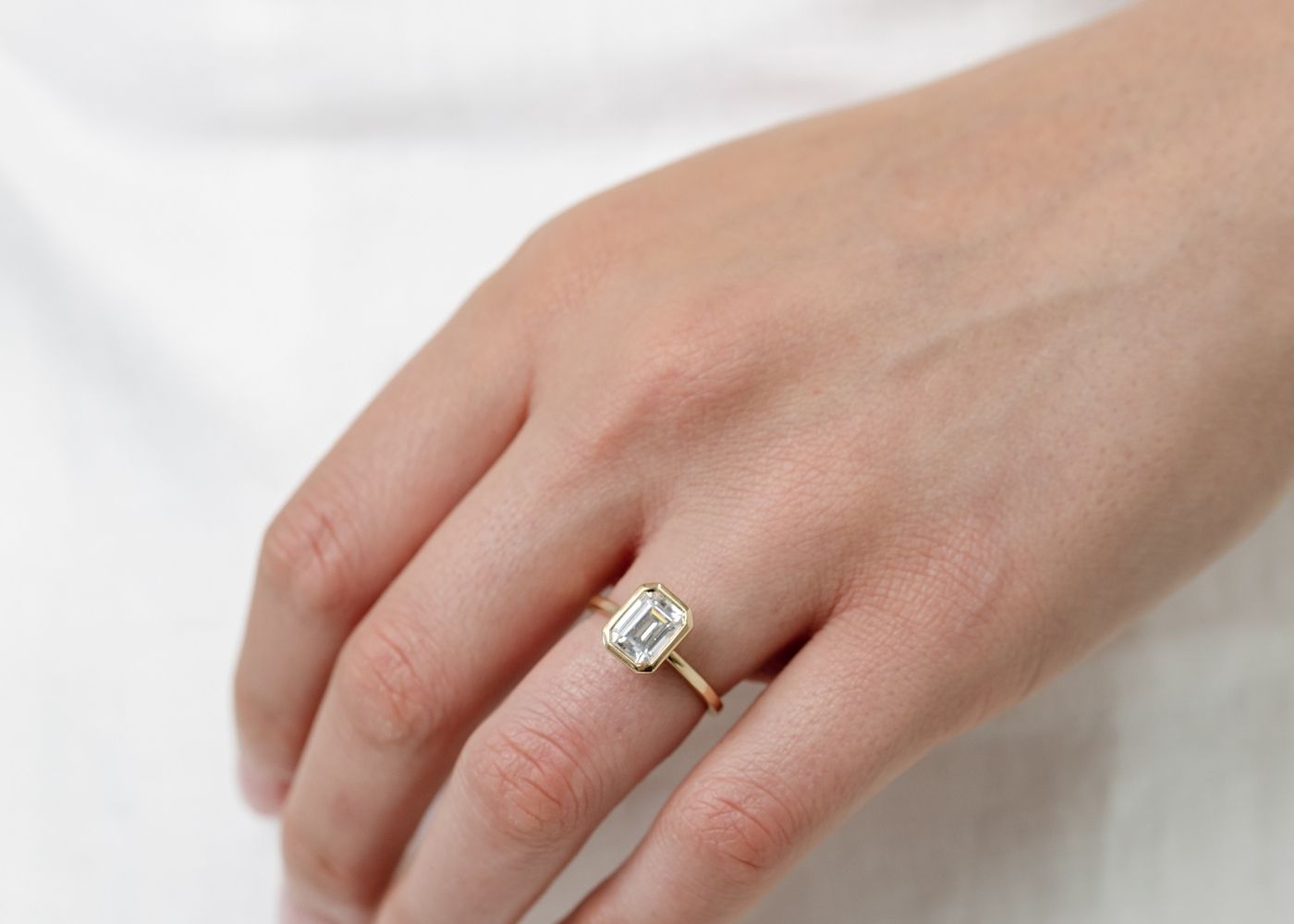Transparency and translucency
Transparency and Translucency
- Transparency: Shining through, from Latin 'transparere' meaning be visible
- Translucent: Shining through, from Latin 'translucere' meaning to shine
- Opaque: Darkened, from Latin 'opacus'
- Late Middle English: Influenced by the French form
Factors affecting transparency in polycrystalline materials
- Crystalline grain size determines the size of grain boundaries
- Reduction of particle size below visible light wavelength improves transparency
- Microscopic pores near grain boundaries act as scattering centers
- Porosity volume fraction needs to be reduced for high-quality optical transmission
- Sol-gel chemistry and nanotechnology methods can achieve low porosity levels
Applications of transparency
- Transparent materials used for dichroic filters
- Optically transparent materials transmit most of the light and reflect little
- Liquids and aqueous solutions are highly transparent
- Absorption and scattering mechanisms determine the attenuation of light
- Transparency used in various applications, such as windows in buildings and optical devices.
Transparent ceramics and their applications
- Optical transparency in polycrystalline materials limited by light scattering
- Light scattering depends on wavelength
- Scattering centers have dimensions on a similar spatial scale as the wavelength of visible light
- Primary scattering centers in polycrystalline materials: Pores and grain boundaries
- Reduction of scattering center size below the wavelength of light leads to reduced scattering
- Applications of transparent ceramics: High energy lasers, transparent armor windows, nose cones for heat seeking missiles, radiation detectors for non-destructive testing, medical imaging applications
Transparency in nature and related concepts
- Transparency provides camouflage for animals in dimly-lit or turbid seawater
- Many marine animals, such as jellyfish, are highly transparent
- Transparency in nature is easier to achieve in specific environments
- Diminished transparency in good illumination
- Camouflage through transparency is effective for survival
- Related concepts: Brillouin scattering, clarity meter, colloidal crystal, haze (optics), light scattering
Transparency and translucency Data Sources
| Reference | URL |
|---|---|
| Glossary | https://harryandcojewellery.com.au/blogs/glossary/transparency-and-translucency |
| Wikipedia | http://en.wikipedia.org/wiki/Transparency_and_translucency |
| Wikidata | https://www.wikidata.org/wiki/Q487623 |
| Knowledge Graph | https://www.google.com/search?kgmid=/m/01z8xg |





